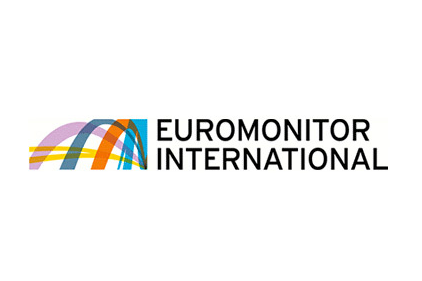Euromonitor International released new market research on the global fresh food industry. The global meat market saw 3% volume sales growth in 2014 to reach 225 million tons, driven by growing demand in emerging markets.

|
“Increased prosperity and rising populations are key drivers for meat consumption in emerging markets,” said Anastasia Alieva, Head of Fresh Food Research at Euromonitor International. “For example, since 2009, India’s annual disposable income has improved by 95% and meat consumption has increased by nearly 50% during the same time period.”
Meat demand declined in developed markets, according to Euromonitor’s fresh food data with recession-hit Greece experiencing the most severe decline of meat consumption in 2014, followed by Germany and the Netherlands. The US has also registered negative growth of -1% last year. With health, ethical, sustainability and religious issues giving meat a bad name, a number of Western consumers are embracing vegetarianism and veganism or adopting a pescetarian, flexitarian or vegetable-oriented diet.
Alieva commented, “In developed markets, poultry wins shares of consumer stomachs at the expense of red meat, which is gaining a bad reputation due to health concerns. Surprisingly, lamb and goat are also on the rise in these markets due to increasing interest in exotic and rare meats, as well as the growing popularity of Middle Eastern cuisine.”
Additional findings from the new fresh food research shows:
• Poultry is the most popular type of meat in the world, increasing by 4% in volume terms to reach 85 billion tons consumed in 2014
• India, where one third of the population is vegetarian, emerged as the top growing meat market in the world in 2014
• In China, demand of beef and veal (+5%) has been stronger than demand of traditional pork (+3%) in 2014 thanks to growing per capita disposable income



